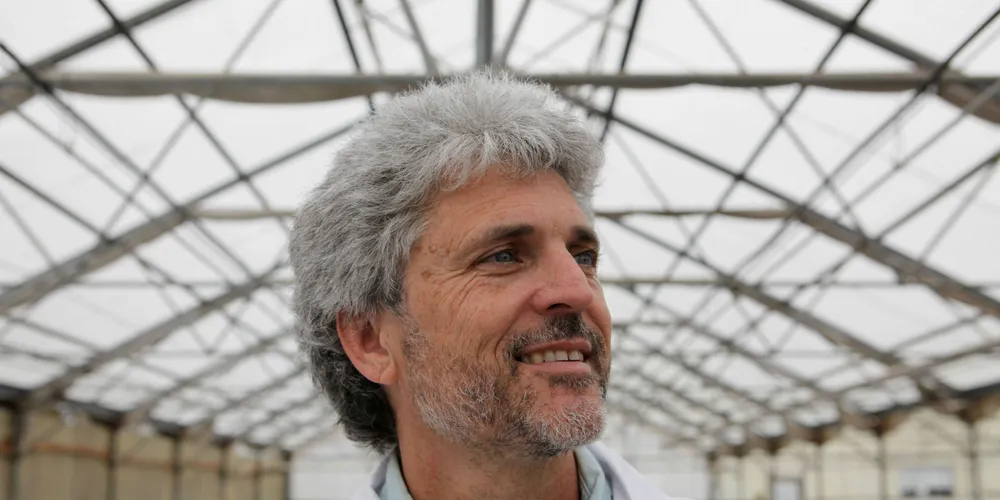ALGAE WEEK BROUGHT TO YOU BY REED MARICULTURE: Q&A with Reed Mariculture Founder and President Tim Reed
In the second of a series of articles we meet Tim Reed, founder and president of Reed Mariculture.

In the second of a series of articles we meet Tim Reed, founder and president of Reed Mariculture.
